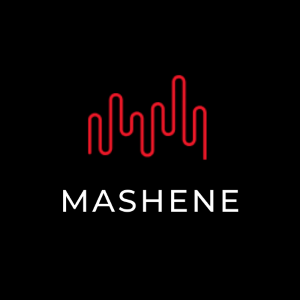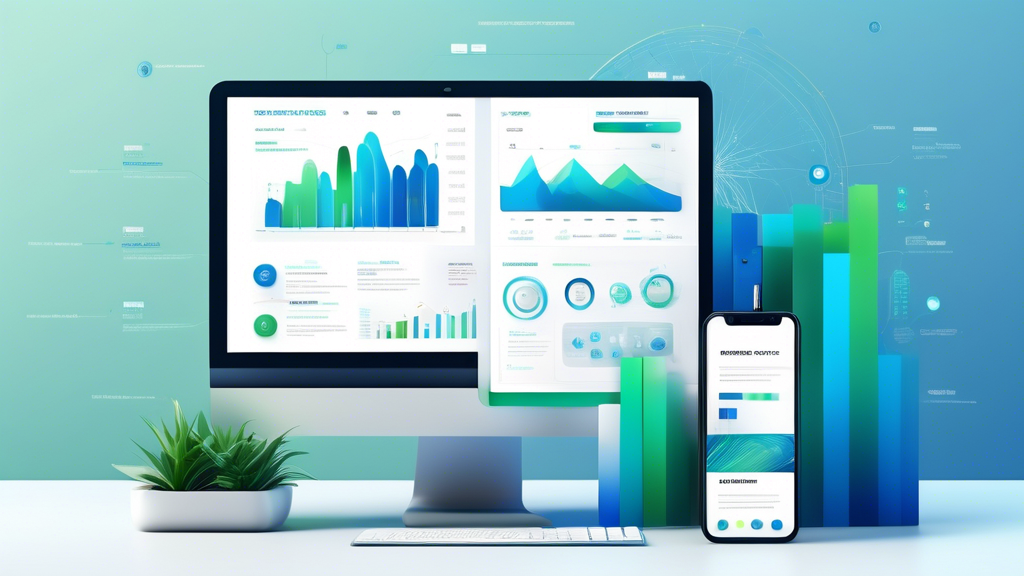Graphical Landing Pages
Graphical landing pages are specially designed web pages that serve as the entry point for visitors arriving from marketing campaigns, search engine results, social media platforms, or other online advertisements. The primary objective of these landing pages is to capture the attention of visitors, compel them to stay longer, and persuade them to take a specific action, such as making a purchase, signing up for a newsletter, or downloading a resource. Leveraging high-quality graphics and visual elements can significantly increase the effectiveness of landing pages.
The Importance of Visual Appeal
First impressions matter immensely in the online world, and graphical landing pages play a crucial role in shaping these impressions. Research suggests that users form an opinion about a website in as little as 50 milliseconds. A visually appealing landing page can create a sense of professionalism and trustworthiness, which is essential for converting visitors into customers. Graphics, images, videos, and design elements can make a landing page more engaging and memorable.
Key Elements of Effective Graphical Landing Pages
1. Clear and Compelling Headlines
The headline is often the first element visitors notice. It should be clear, concise, and able to convey the essential message or value proposition within seconds. Utilizing bold fonts and contrasting colors can help the headline stand out.
2. High-Quality Images and Graphics
Images and graphics should be relevant to the offer and high in quality. They should complement the overall design and not distract from the main message. Authentic and original images often perform better than generic stock photos.
3. Strong Call-to-Action (CTA)
The CTA is a critical component of any landing page. It should be prominently displayed, easy to understand, and designed to encourage immediate action. Using vibrant colors and actionable language can enhance its effectiveness. Additionally, graphical buttons or icons can make the CTA more noticeable and clickable.
4. Consistent and Aesthetic Design
The overall design must be consistent with the brand’s visual identity, using appropriate colors, fonts, and layouts. An aesthetically pleasing design not only attracts visitors but also helps keep them engaged.
5. Mobile Responsiveness
With the increasing use of mobile devices, ensuring that landing pages are mobile-responsive is essential. A graphical landing page should be designed to look great and function well on screens of all sizes.
Tips for Creating Graphical Landing Pages
1. Use Visual Hierarchy
Arrange elements in a way that guides visitors’ attention from the most important to the least important information. Use sizes, colors, and placement to create a natural flow.
2. Keep It Simple
A cluttered landing page can overwhelm visitors. Focus on essential elements and remove anything that does not contribute to achieving your goal.
3. Test and Optimize
Regularly test different versions of your landing page to identify what works best. Use A/B testing to compare various designs, texts, and images.
4. Leverage Visual Storytelling
Utilize graphics to tell a story that resonates with your audience. Infographics, explainer videos, and illustrative images can help convey complex information more easily and effectively.
Examples of Graphical Landing Pages
Successful graphical landing pages often incorporate the elements and principles discussed above. Here are a few examples:
- Shopify: Their landing pages often feature clean design, high-quality imagery, and a clear, compelling CTA.
- Slack: Slack’s landing pages use colorful illustrations and concise messages to communicate their value effectively.
- Dropbox: Dropbox’s minimalist design uses simple graphics and straightforward CTA to guide users towards signing up.
Conclusion
Graphical landing pages, when done correctly, are a powerful tool for capturing attention and driving conversions. Incorporating visual elements that support the message and enhance user experience can significantly impact the effectiveness of a landing page. By understanding the key components and best practices, businesses can create compelling landing pages that resonate with their target audience and achieve their marketing objectives.

